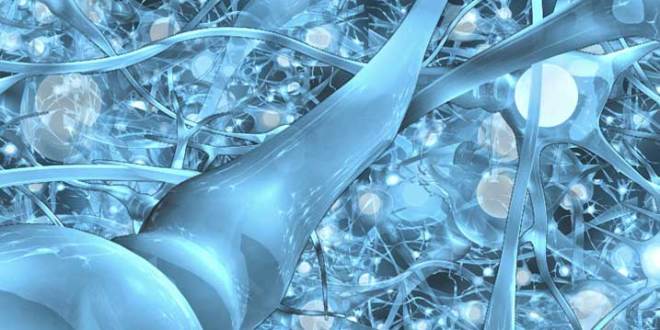A seemingly logical step in the development of artificial life, neural networks have been studied for more than 60 years. By modeling programs after the way that human brains actually work, there is a possibility to replicate the unknown factor that makes humans sentient, intelligent beings. Neural networks have become increasingly popular in the world of AI development for their organic properties and ability to learn. Traditionally, the term Neural Networks referred to the circuit of biological neurons within the brains of humans. In modern usage, the term has come to be synonymous with the field of artificial neural networks, computer replications of neural circuits. There are a few types of neural networks that have become prominent in studying artificial intelligence.
Biological Neural Networks
The study of the biological workings of the brain has made amazing breakthroughs in recent years. This is partly due to computers and the improved capacity for analysis of brain functions that they allow. Biological neural networks (BNNs) are becoming increasingly tied in with computer theory, and each new discovery adds to what programmers are capable of in creating an accurate replica of the human mind.
Artificial Neural Networks
Artificial neural networks (ANNs) mimic the structure and functions of biological neural networks in order to create artificial populations of neurons that grow and learn through trial and error. Neurons are replicated in digital form and allowed to interact with each other and their environment in an effort to solve a particular problem. This creates a simulation of human learning which can be studied in order to further the advancement of both biological and artificial neural network understanding.
Cellular Neural Networks
A cellular neural network (CNN) is a specialized form of ANN that is particularly suited to tasks that require real-time analysis. They use a combination of analog input and digital processing to perform tasks that would take standard computers a significantly larger amount of time and power. While chiefly used in the area of image processing, there is great potential for CNN in robotic applications.
Neural Network Potential in AI Development
Research into BNNs and their subsequent adaptation to use with ANNs is still far from being ready to handle the complexity of a truly intelligent AI. At the present point in time ANNs are good for small tasks, but the amount of processing power and hardware that would be required to simulate an entire human brain is simply too large to be practical. The use of CNNs in certain applications is helping to make up for some of the lack of power, but scientists are still a long way from having all the tools they need.
The consistent study of neural networks is still important, even if it can not provide the final step between concept and reality. Understanding more about the way biological systems work provides new insights into the design and implementation of ANNs as well as theoretical insights into possibilities for new hardware and software architectures. The addition of new, complex elements to the puzzle of AI development may seem like a burden to the poor scientists who are working so hard to make it happen, but high levels of complexity are going to be necessary in order to successfully replicate a working model of the human mind.
Currently, ANNs and CNNs provide the best methods to learning and progress, so understanding more about their potential is essential to making progress on both fronts (biological and mechanical). As hardware improves and new uses for neural networks are discovered, there is no doubt the world will see many great things from this technology.
 Mind Gem
Mind Gem

